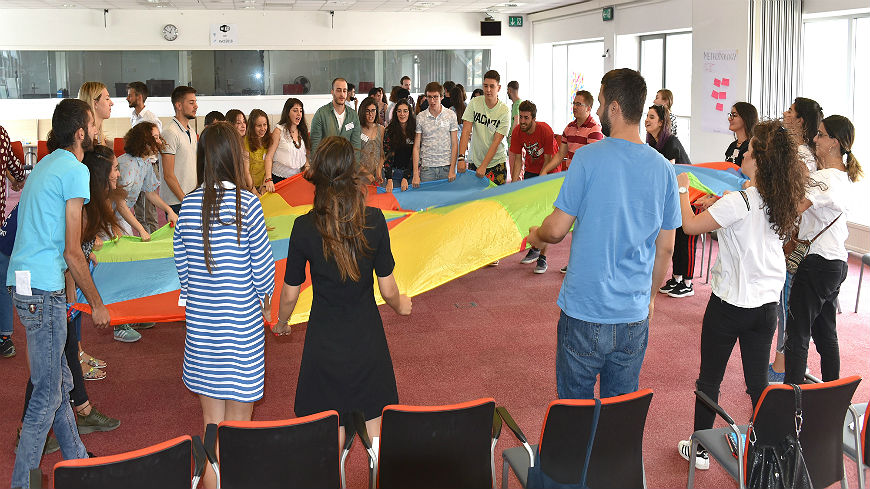Do we leave enough space for experiential learning?
Challenging thoughts based on reflected experience
by Natalia Chardymova
22/11/2019
In the very first issue (No. 0) of Coyote, Dirk de Vilder reflects on the concept of experiential learning, which has grown in popularity in the last decades, especially in the context of international and intercultural training. Please read his article, as I build on it here. Experiential learning as an approach is more than just learning by doing, “it occurs when individuals engage in some activity, reflect upon the activity critically, derive some useful insight from the analyses and incorporate the results through a change in understanding and/or behaviour”.
As in 1999, experiential learning nowadays is one of the core elements of non-formal education (NFE) which is widely used in youth work in Europe and beyond. In this article I will reflect some personal observations on the current use of NFE in the context of international training.
In the context of the Council of Europe, experiential learning is the main pedagogical foundation for human rights education, which allows for working holistically on competence building: in knowledge, skills and attitudes. It is particularly important because core human rights skills and values such as communication, critical thinking, advocacy, tolerance and respect cannot be just taught; they have to be learned through experience, practised and internalised. For the same reasons, experiential learning is widely used in youth work and training, for example diverse training courses and workshops, youth camps, capacity-building activities, outdoor education programmes, non-curricular events in schools, and even during some formal lessons by teachers.
“Experiential learning is based on the assumption that all knowing must begin with the individual’s relationship to the topic. The effectiveness of experiential learning is derived from the idea that nothing is more relevant to us than ourselves. What experiential learning does best is to install the sense of ownership over what is learnt. It adds to the interest and involvement of participants but most importantly it contributes significantly to the transfer of learning. The ultimate result is that the individual accepts responsibility for their own learning and behaviour, rather than assigning responsibility to someone else.” (Nadler and Luckner1)
 What is experience?
What is experience?
Despite its proven efficiency, it raises quite a few reflective questions when it comes to the practical implementation of the programmes. For example: what is experience in experiential learning? On what sort of experience do we as educators build our programmes? Group experiences like “Can I come in” role play from Compass or individual experience that every participant shares? Even if an activity is designed for the group, at the end it is still an individual and unique experience for every single participant. The deepness of group learning progressively depends on the deepness of personal learning and sharing. And then, on how much the educator can support the individual reflection within the group experience.
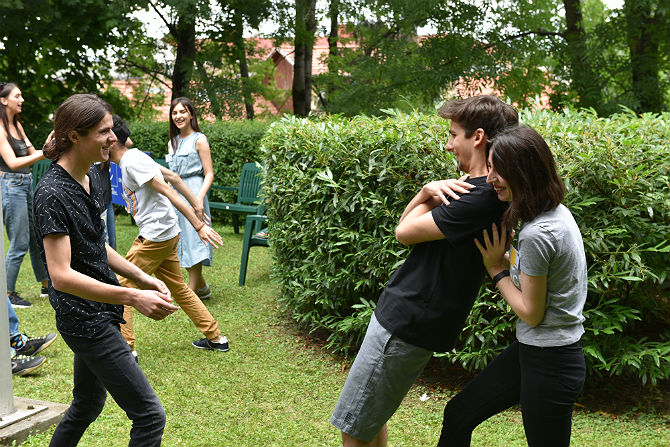
 Reflective observation
Reflective observation
Speaking about reflective observation on Kolb’s cycle, it is worth reflecting on how to ensure balance between emotional venting out, which sometimes happens, and building bridges between different individual experiences and observations that are essential for building common ground and common sense. The importance of this stage is sometimes underestimated, when in fact it is crucial for building the foundations of self-regulation in the group, which in turn is important for forming and practising different behaviour. During the abstract conceptualisation phase participants build “common sense” and name concepts, but not only that. They also create a new “social construct” or norm in the given group, which they act upon in active experimentation.
Most of my doubts are about active experimentation and practising the new behaviour. At this stage, learners should normally go and test out the new behaviour, and ideally, they should go through another cycle of experience that would allow them to internalise the occurred learning. Internalisation is an inside-out process. The second cycle goes hand in hand with personal responsibility for integrating learning outcomes into life.
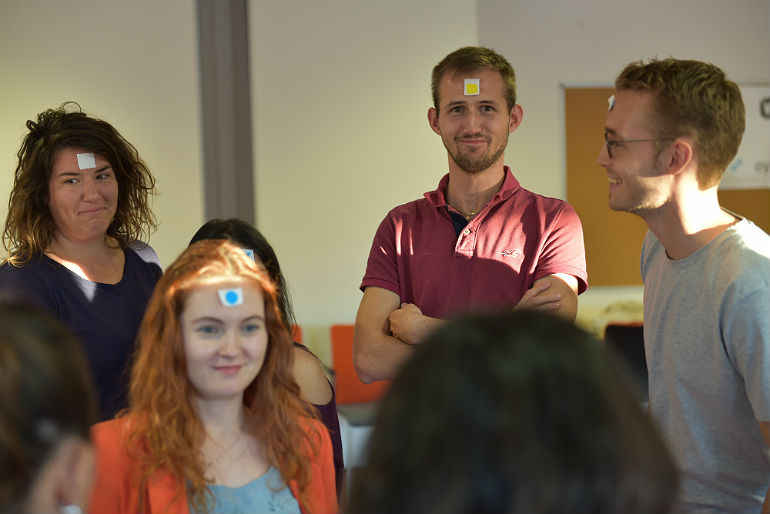
In reality, we rarely provide participants with the structured opportunity to go through the second cycle; we rather stop at the reflection on “How do I get from here? How will I apply what has just been learnt in the future?” But is it enough? One may say that living and learning together in a diverse group contributes somehow to active experimentation, but this is not something that we as educators can influence and control, or can we?
 Beyond debriefing
Beyond debriefing
Although providing space for this stage beyond debriefing is difficult, I don’t think this is mission impossible. I have been asking myself many times whether I can build a training programme that would allow active experimentation to happen within the training flow. To a certain extent, yes, if the competences that we work on are interdependent and interconnected: when training one competence, we develop a second one too. When learning cycles are not only connected but interconnected, when each next cycle contributes to the internalisation of the learning from the previous one. In this case, at the programme flow level the experiential learning cycle is seen rather as an expending spiral consisting of several cycles, when one learning block logically builds on the “internalised” concepts of previous blocks. This is what is called “programme flow”.
Such understanding of the “experiential learning flow” raises several questions, for example:
1. Which competences can we realistically address during the training course? Are they interconnected or interdependent? Will challenging one competence trigger the development of the other or not necessarily?
2. When and what amount of theoretical input should we provide? Will the participants be able to internalise this throughout the experience provided?
3. How can we make sure that in the group training all individual learning is recognised, valued and shared? How much reflection would this take?
4. What kind of support can the training team provide after the programme to make sure that learning doesn’t stay at only the cognitive level?
What I quite often observe is that the training becomes more and more intensive in terms of contents addressed and objectives set; it results in the situation where trainers and participants have to deal with a series of cycles, that are not often (inter)connected. They still involve experience and have a certain logical framework, though I believe it does not leave time for internalising, and behavioural change.
Another aspect that is rarely thought through is the fact that learners go through several learning cycles simultaneously during the training programme, when some of them (cycles) are part of the learning programme, and others are triggered by the external factors. When the learner finds him/herself in the “battle” of different experiences, the strongest one always wins. If the experience in the training course is not challenging enough, or learning outcomes not internalised, then the learner stays in the mess of the experiences happening around simultaneously.
One important thing to realise is that all our mindsets, beliefs and behaviours are the result of the learning cycle(s) we passed through before. This includes stereotypes, prejudices and destructive behaviours. We are not born with them. We learnt them at some moment. And the only way to “unlearn” them is to create enough strong experiences in the training context that would lead to a new behaviour.
 The importance of challenge
The importance of challenge
This is where I would like to emphasise the importance of challenge in youth training, which sometimes these days is neglected with the reasoning of providing a “safe space”. This is quite a warring trend in current training when conformity(ism) is often covered by providing a safe space. In fact, challenge and safe space do not necessarily exclude each other: safety is about building trust in the group, and trust in the trainers’ team when participants see that in case something happens trainers are ready to deal with it constructively. Safe space is about feeling safe to express different opinions without having a fear of being judged or shamed, and that also means that participants should feel safe to express things that may contain stereotypes and prejudices. Without having the possibility to express them openly, it is not possible to challenge them.
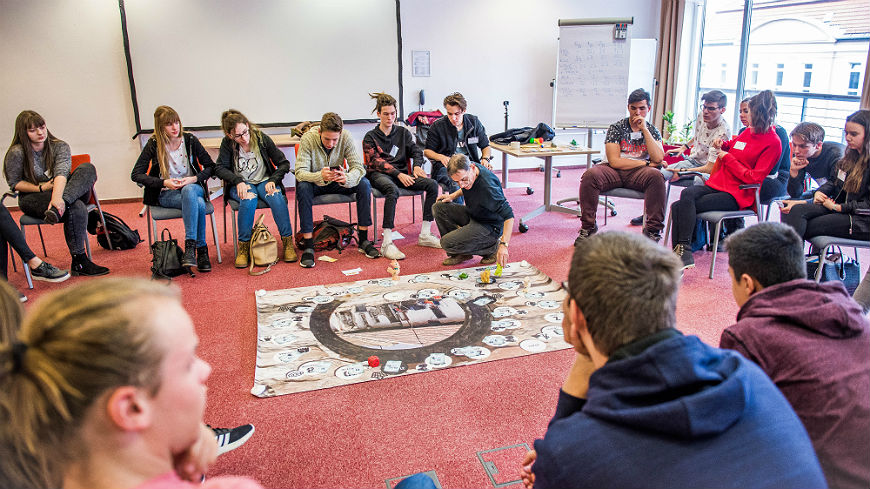
There are several ways to build a well-connected experiential training flow. Blended learning provides an excellent opportunity to have a longer time for learning and content exploration, and to still make it possible to prolong the length of time staying connected with the group. These connections and the feeling of belonging to a certain community that shares a set of “new norms” help in building the new behaviours.
Reflection, feedback and support during the training programme take a specially designed place in the programme: nowadays it is not only about having reflection within the group, but trainers also provide numerous opportunities for “internalising learning”: different forms of individual and group reflection that include diaries, diverse forms of competence assessment, peer-to-peer feedback, learning partners and different forms of group sharing. More and more trainers stop the “experience” to reflect right in the moment on the experience. All these measures contribute to building better self-reflection and self-awareness skills.
 Follow-ups after training
Follow-ups after training
So, much of the expected follow-ups after the training course are nothing more than natural active experimentation and about the new experience in the process of enlarging the learning cycle. Peer support, mentoring, tutoring, consulting, e-communicating and online learning are some of the ways to support participants in the fragile moment of their first individual steps after the training course. Though a lot has been done in terms of supporting participants in the follow-up process, the dilemma is still there: where does the responsibility of the trainer for the experiential learning process stop? And where does the responsibility of the learner start in the situation where their mindsets and attitudes are challenged, but the new behaviour has not been formed yet? How much can we realistically rely on personal responsibility, knowing that this is a fragile moment? Who can guarantee that when the participant is back, reality will not win in the battle with their newly acquired knowledge, but not yet formed skills and attitudes? Who should/can/is able to support participants after the fantastic training experience in real life? Trainers? Sending organisation? Peers?
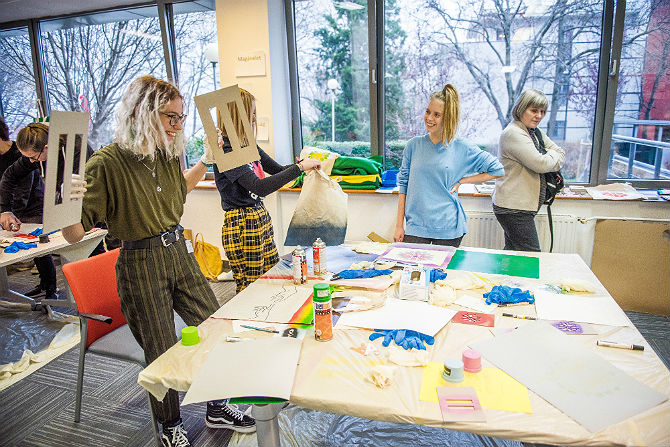
There is no easy answer. One of the ways is to put effort into developing good partnerships with other stakeholders, especially with the sending organisations and authorities, as they are usually the ones interested in successful follow-up activities. To do so, they should be actively involved, not only in the preparation process, but they also need to be kept in the loop and affiliated during the training course. For example, participants could have a few calls or chats during the training course with their organisations to get them involved.
 Conclusion
Conclusion
- Experiential learning today lies at the pedagogical core of most of the international training in Europe. More and more resources have been developed and become accessible to trainers and youth workers in last 20 years: resources of the Council of Europe, T-kits of the EU-Council of Europe youth partnership, SALTO online resources, and many others.
- Internalisation of learning is one of the main concerns of educators: many strategies have been built that include the “less is more approach”, varying forms and length of training, usage of blended learning, mentoring, and different forms of reflection, support and feedback.
- Experiential learning methodology should be applied to the programme flow; in this case it will resemble an expending learning spiral, where each next cycle starts with active experimentation with the learning from the previous one.
To sustain the outcomes of such learning is only possible in a strong community of practice where peer support and organisational support play the essential role. Therefore, the role of sending partners should be reconsidered and redefined.
[1] John Nadler, Ralph Luckner (1997) Processing the Experience – Enhancing and Generalizing Learning, Kendall/Hunt

